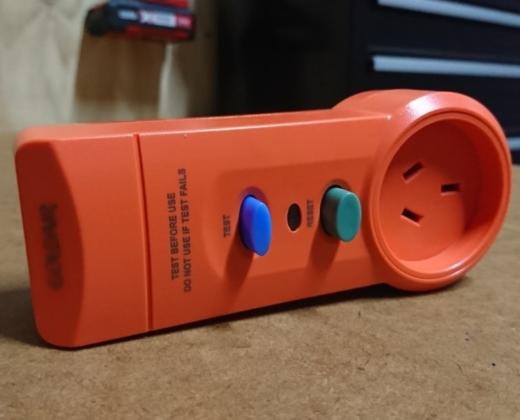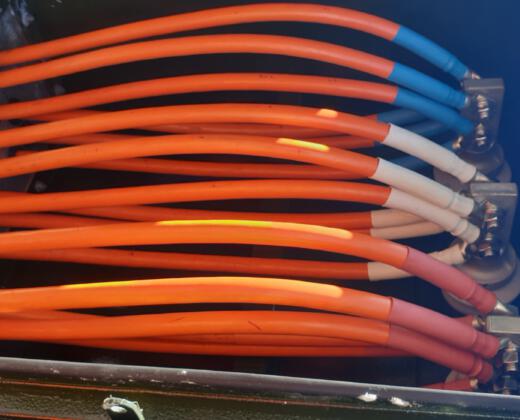Learn more about your fuses and circuit breakers
You’ll find fuses and circuit breakers in the switchboard in your property. They play a vital role in protecting your electrical wiring system. The switchboard has fuses and circuit breakers that correspond to a different area of wiring in your property, known as a circuit. The fuse or circuit breaker is a safety mechanism when an electrical fault occurs the fuse will blow or the circuit breaker will trip. This breaks the circuit and the power to that area of the property will be shut off, preventing overloading and fires.
Fuses and circuit breakers do the same job, the main difference is that circuit breakers can be reset and once a fuse blows it needs to be replaced.
Important information about replacing a fuse
- Whenever you replace a fuse you need to make sure you turn off the mains power switch as well as all appliances and lights on that fuse’s circuit.
- Always replace a fuse with the correct current rating. A fuse with too high a current rating will cause excessive current flow through the circuit which can cause overheating, damaged appliances or even fire.
- If a fuse keeps blowing you should always call a licensed electrician.
Circuit breakers are safer than fuses.
It’s a good idea to have a licensed electrician replace the fuses in your switchboard with plug-in circuit breakers of the same rating.
How to replace a fuse
- Turn off the main power switch at the switchboard.
- Look inside the switchboard for a list of the equipment or circuits each fuse controls. Usually, one fuse controls a certain area of the house, such as the kitchen, or certain types of equipment, like lighting.
- If you can’t tell which fuse has blown, pull out, inspect, and replace each fuse, one at a time.
- Once identified, switch off lights and unplug all appliances on the faulty circuit.
- Replace the fuse wire. There are a number of different types of fuses. If you are not sure, the best way to replace a fuse is to examine one of the intact fuses in your switchboard and copy the way the wiring runs in the fuse carrier.
- Make sure you use the correct current rating wire. The current is generally indicated on the front of the fuse carrier.
- Lighting circuits typically use 5 amp wire, but not greater than 10 amp wire.
- Socket outlets use 10 amp wire, but not greater than 15 amp wire.
- Large appliances, such as electric stoves, may use a larger size.
- Make sure no excess wire is sticking out of the fuse carrier.
- Replace the fuse carrier and turn on the mains power switch.
- Check all appliances, light fittings and cords that were in use when the circuit failed. Replace or repair faulty equipment. Also, check that the fuse did not blow due to overloading the circuit.
- If the fuse blows again, call a licensed electrician.

How to check your circuit breaker
If your power goes off because your circuit breaker has tripped, look for the lever in the 'off' position, or where the button has popped out.
To restore power:
- Switch off lights and unplug all appliances on the faulty circuit.
- Push the operating lever to the ‘on’ position, or push in the button on the circuit breaker.
- If the circuit breaker continues to trip, call a licensed electrician.

Safety around your home
We want you to be safe when working around electricity in your home
Find out more
